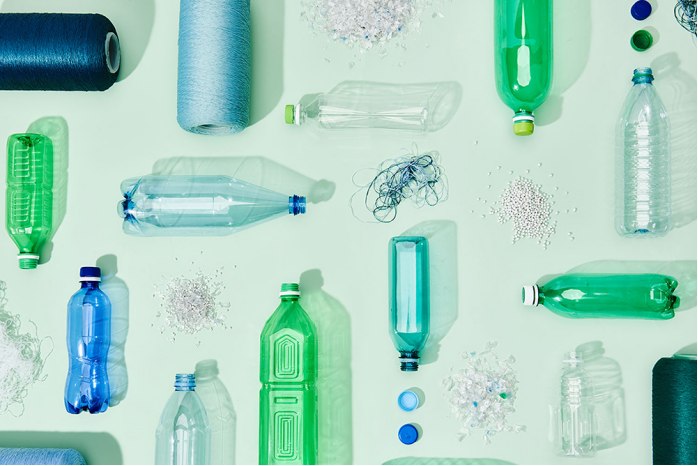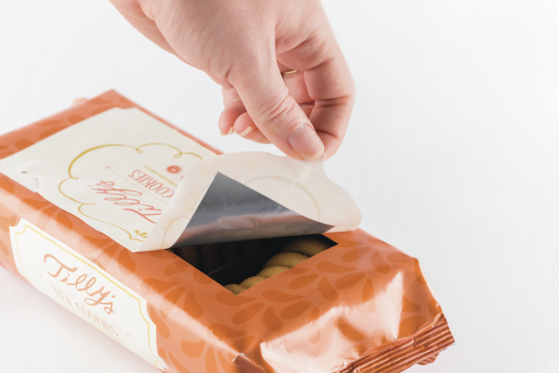Exploring the Intersection of Recycling Compatibility and Label Advantages: Balancing Environmental Impact and Packaging Functionality
#1
What is the difference between "recyclable" and "promoting recycling"?
In standard recycling processes for materials such as PET or HDPE, a recyclable label can be recycled along with the container it is attached to; if the label promotes recycling, it means it helps increase the recyclability of the container.
For example, some labels promote recycling by being completely removed from containers, ensuring plastics are recycled free of impurities. Other recycling-enhancing products remove or simplify a step in the recycling process, such as washing or sorting, with the end goal of significantly improving the quality of the recyclate.

#2
Labels on different types of packaging
(such as PP, PE, PET and glass)
How is the recycling compatibility on ?
The compatibility of labels with different types of packaging depends on various factors. Some labels are highly compatible in facilitating recycling because they can be easily and cleanly removed from the container through normal recycling processes; some labels can be recycled along with the container; others are highly incompatible with some packaging types and may even hinder recycling or damage the recyclables, rendering them unusable.
#3
Is packaging without labels easier to recycle?
Some "labelless" packaging does make it easier to recycle, or may be more convenient than packaging made with certain types of labels. However, many labeling solutions do not hinder recycling and can often be disposed of along with the packaging. For example, consumers can easily peel off removable labels in their entirety, making the product ready for recycling. Certain types of film labels can even remain on products during standard HDPE recycling processes where they do not hinder recycling or damage other items being recycled.
Labels also have many advantages. For example, relabelable labels can be used on sealed packages to provide easy access to the contents and keep them fresh. Smart labels can provide important information such as drug expiration dates, while beautiful labels can instantly increase shelf appeal.
It’s also easy to change labels quickly, without significant cost implications if an ingredient list or product description needs to be updated. Labeling takes much less time than printing the information directly on the packaging and is often easier to read.


 EN
EN
 AR
AR
 BG
BG
 HR
HR
 CS
CS
 DA
DA
 NL
NL
 FI
FI
 FR
FR
 DE
DE
 EL
EL
 HI
HI
 IT
IT
 JA
JA
 KO
KO
 NO
NO
 PL
PL
 PT
PT
 RO
RO
 RU
RU
 ES
ES
 SV
SV
 CA
CA
 ID
ID
 SR
SR
 SK
SK
 SL
SL
 SQ
SQ
 GL
GL
 HU
HU
 TH
TH
 TR
TR
 FA
FA
 MS
MS
 GA
GA
 MK
MK
 UR
UR
 BN
BN
 LA
LA






